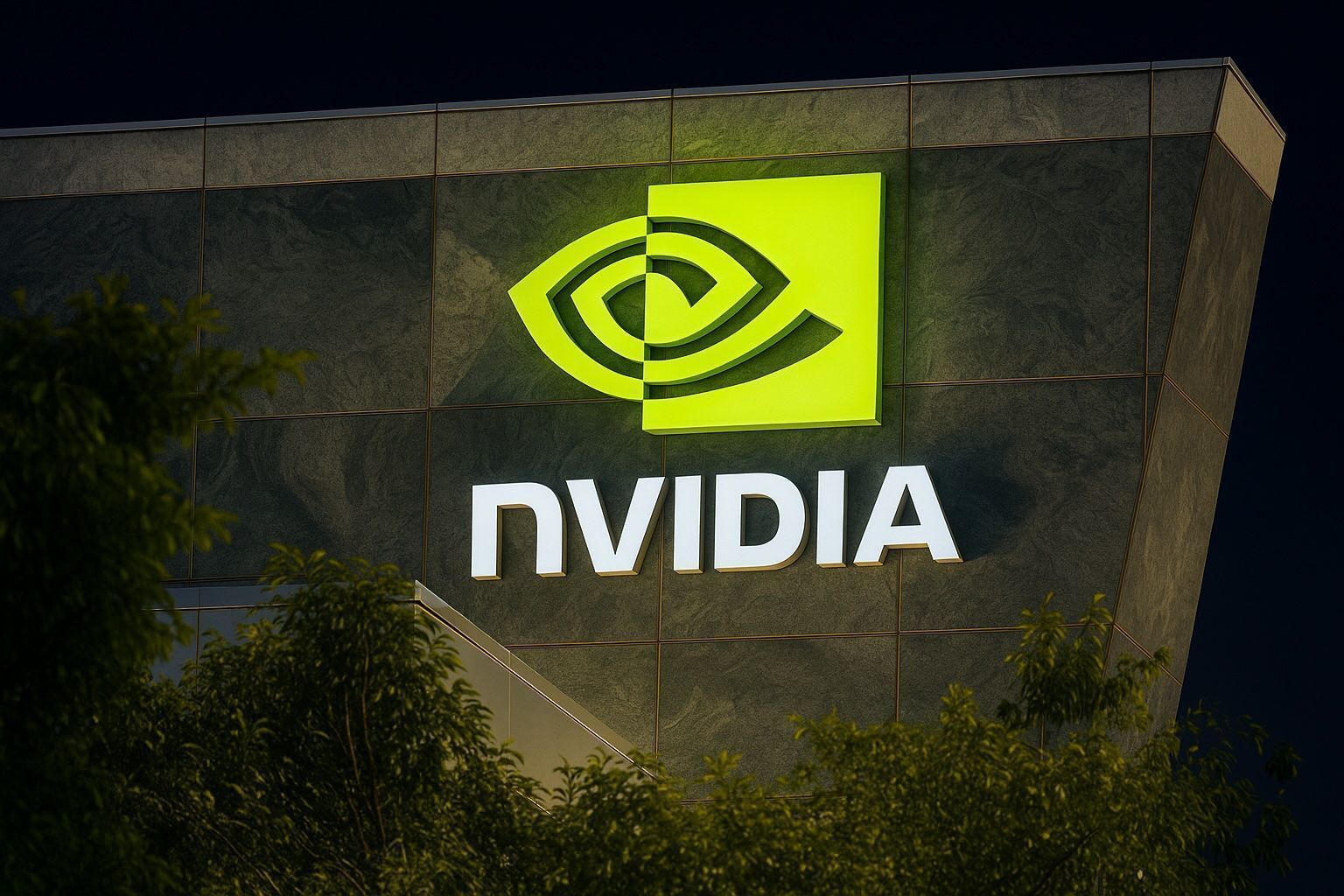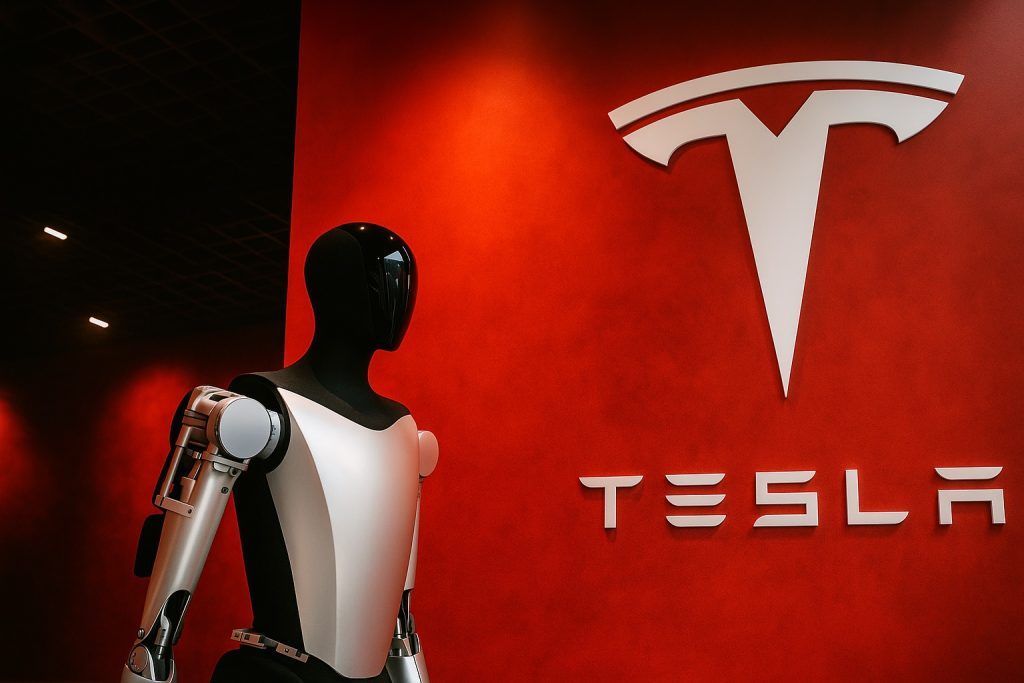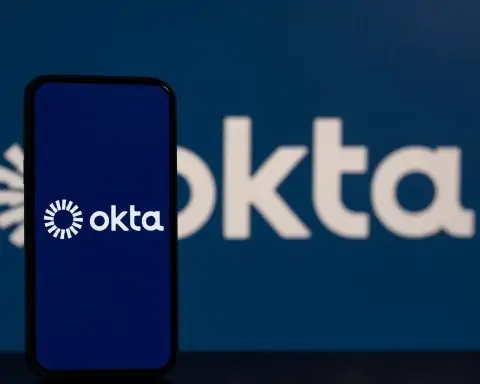Nvidia stock (NASDAQ: NVDA) spent Monday under pressure as investors positioned for one of the most closely watched earnings reports of the year and digested fresh signs of profit‑taking in the crowded AI trade.
By early afternoon on November 17, 2025, Nvidia shares were trading around $187–188, down roughly 1.3% from Friday’s close near $190.17. The stock has traded between about $185.0 and $192.3 today on heavy volume north of 85 million shares, underscoring just how central Nvidia has become to overall market sentiment. [1]
At the index level, U.S. markets were choppy: the S&P 500 and Nasdaq hovered slightly lower while traders weighed the upcoming Nvidia earnings on Wednesday alongside a backlog of key economic data following the recent U.S. government shutdown. [2]
Nvidia stock today: price action and market backdrop
Nvidia’s modest decline comes after a powerful multi‑year rally driven by its leadership in AI accelerators for data centers and cloud providers. Even after today’s pullback, NVDA is still up more than 40% year to date, according to analyst estimates cited by TipRanks. [3]
Key intraday facts for November 17, 2025:
- Last traded price: about $187.7
- Change vs. Friday: roughly –$2.50 (–1.3%)
- Day’s range: approximately $185.0 – $192.3
- Volume: over 85 million shares, well above many blue‑chip peers
Nvidia also featured among the most active pre‑market names on the Nasdaq 100, alongside leveraged tech ETFs, Tesla‑linked products and high‑beta growth stocks, highlighting how traders are using NVDA as a core vehicle for AI and momentum exposure. [4]
Broadly, risk appetite was subdued. Reuters reported that Wall Street’s main indexes “wobbled” as investors awaited Nvidia’s results and a backlog of official economic data, with information technology shares and the semiconductor index slipping in sympathy. [5]
Wall Street’s focus: Q3 FY26 earnings on November 19
The central driver of today’s move is anticipation ahead of Nvidia’s fiscal Q3 2026 earnings report, scheduled for after the close on Wednesday, November 19, 2025. [6]
Current Street expectations (rounded):
- EPS (adjusted): about $1.25–$1.26, up ~54% year over year
- Revenue: around $54.8–$55.0 billion, implying ~56% year‑on‑year growth [7]
Options pricing underlines just how pivotal this report is. TipRanks’ options data shows traders are bracing for an implied 7.38% move in either direction following the numbers—well above Nvidia’s average absolute post‑earnings move of just over 4% for the last three quarters. [8]
Economists and strategists also see Nvidia’s earnings as a proxy for the broader AI investment cycle:
- Investopedia notes that Nvidia is “the center of investors’ focus” in a crowded earnings week that also features major retailers, with the report likely to shape perceptions of whether the AI boom still has legs. [9]
- Reuters highlights that Nvidia’s results will test “the sustainability of a stunning rally this year in AI‑related stocks,” amid rising chatter about stretched valuations and bubble risks. [10]
In other words, the stakes go well beyond one company: Nvidia has become the bellwether for the AI trade and, arguably, for the broader equity market.
Half‑trillion backlog: Nvidia’s $500 billion AI bet under scrutiny
Part of the drama around Wednesday’s report stems from CEO Jensen Huang’s bold forecast of roughly $500 billion in chip orders across 2025 and 2026, including current‑generation Blackwell GPUs, next‑gen Rubin parts and networking components. [11]
Recent coverage from outlets including The Economic Times and WebProNews underscores several key points: [12]
- Huang told attendees at a Washington GTC event that Nvidia has “half a trillion dollars” of AI hardware demand “on the books,” giving the company extraordinary visibility into future revenue.
- Analysts have interpreted this as a sign that Nvidia’s 2026 sales could significantly exceed prior Wall Street forecasts, particularly in the data‑center segment.
- At the same time, the stock is still trading below the levels seen immediately after that forecast, suggesting investors are wrestling with whether the AI capex surge is sustainable or overheating.
WebProNews notes that this massive backlog helped Nvidia briefly reach a $5 trillion market value, making it one of the world’s most valuable companies and amplifying the consequences of any disappointment. [13]
China, export controls and a complex geopolitical backdrop
Offsetting some of the AI euphoria are mounting geopolitical and regulatory risks, particularly around Nvidia’s ability to sell advanced GPUs into China.
Recent reporting indicates:
- China demand hit by U.S. export curbs: Nvidia’s market share in China’s AI GPU sector has effectively collapsed from about 95% to near zero after successive rounds of U.S. export restrictions, potentially costing the company tens of billions in annual revenue. [14]
- Workarounds raise red flags: A detailed investigation described how thousands of Nvidia’s cutting‑edge Blackwell chips reached an Indonesian data center destined for a Chinese AI company, via a U.S. subsidiary and a regional telecom carrier—apparently without violating current U.S. rules. [15]
- Big tech backs tighter rules: Earlier this month, separate reporting (including in the financial press) highlighted that cloud giants such as Amazon and Microsoft have supported new proposals that would further restrict Nvidia’s exports to China, underscoring the political sensitivity around AI hardware. [16]
These stories matter for NVDA today because investors are trying to assess how much of Huang’s $500 billion order book is insulated from policy risk, and whether alternative markets—U.S. hyperscalers, Europe, the Middle East and sovereign AI projects—can fully offset the lost China business.
Big money trims exposure: Peter Thiel, SoftBank and AI bubble fears
Another thread pulling on Nvidia’s share price today is high‑profile selling by marquee investors.
Regulatory filings over the weekend revealed that Peter Thiel’s hedge fund, Thiel Macro, has exited its Nvidia position, selling over 530,000 shares valued at roughly $100 million based on recent prices. [17]
Gizmodo notes that Thiel’s move came shortly after SoftBank disclosed the sale of its entire 32.1‑million‑share stakein Nvidia, raising more than $5.8 billion—proceeds the Japanese investor reportedly plans to redeploy into OpenAI and related data‑center projects. [18]
While major investors sell for many reasons, the timing—just days before Nvidia’s earnings and amid rising chatter about an AI “bubble”—has caught the market’s attention. Gizmodo points out that both central banks and high‑profile investors such as Michael Burry have warned that excessive AI valuations could pose broader risks if sentiment abruptly turns. [19]
In pre‑market trading Monday, NVDA shares were already 0.7% lower as the Thiel news filtered through, according to Investing.com’s rundown of the day’s biggest movers. [20]
Analysts remain overwhelmingly bullish on NVDA
Despite the pullback and the high‑profile selling, Wall Street’s analyst community remains broadly optimistic on Nvidia heading into Wednesday’s earnings release.
TipRanks’ analyst surveys show: [21]
- Consensus rating: Strong Buy
- Breakdown: 37 Buy ratings, 1 Hold, 1 Sell in the last three months
- Average price target: about $242, implying roughly 30% upside from current levels
- Selected price targets:
- Cantor Fitzgerald: $300, calling Nvidia “our hands‑down top pick” and framing this week’s report as “the” event of earnings season.
- DA Davidson: $250, arguing that AI compute demand remains “overwhelming” despite rising competition.
- Bank of America: $275, citing Nvidia’s ability to ramp supply and the visibility provided by its multi‑year orders.
- Wells Fargo: $265, with estimates that Nvidia’s EPS could surpass $9 in 2027.
These bullish calls largely rest on three pillars:
- Dominant AI position – Nvidia’s GPUs power AI workloads for Microsoft, Alphabet and Amazon, among others, making it central to hyperscale data‑center build‑outs. [22]
- Extraordinary backlog – The reported $500 billion in committed or highly visible orders provides a rare level of revenue clarity through at least 2026. [23]
- Ecosystem lock‑in – Software (CUDA), networking, and full‑stack systems make it harder for customers to switch, even as rivals and custom chips (from Amazon, Google and others) gain traction. [24]
That said, analysts also flag key risks: export restrictions, potential over‑building of AI capacity, swelling competition, and the possibility that cloud‑capex growth slows if macro conditions deteriorate.
What the market will watch in Nvidia’s earnings this week
Today’s move in NVDA is best understood as positioning ahead of a binary‑feeling event, rather than a reaction to any single data point. Over the next few days, traders and longer‑term investors alike are likely to focus on:
- Headline Q3 numbers vs. expectations
Any substantial beat (or miss) on the ~$54.8–$55B revenue and $1.25–$1.26 EPS consensus will drive the initial move. [25] - Guidance and 2026 commentary
Even though Nvidia only gives one‑quarter guidance, markets will parse every remark about 2026 and beyond to see if they align with or exceed the $500 billion order narrative. [26] - AI demand vs. “bubble” worries
Management’s tone on cloud and enterprise AI demand will be key in either calming or amplifying concerns about an AI‑driven valuation bubble. - China and export controls
Any detail on how Nvidia is reallocating supply away from China, and how new or proposed curbs affect its roadmap, will be closely read in light of recent reporting on workarounds and lost market share. [27] - Competition and custom chips
Commentary on competition from AMD and from in‑house accelerators at major cloud providers will shape how investors model Nvidia’s long‑term margins and share. - Capital allocation and partnerships
With Nvidia involved in large deals—such as investments tied to OpenAI and other AI infrastructure players—investors will look for clarity on returns, timelines and risk. [28]
Bottom line: A modest pullback before a critical test
On November 17, 2025, Nvidia stock is slipping, not collapsing. The roughly 1–2% decline reflects a mix of:
- Pre‑earnings nerves in an over‑owned AI darling
- Headline‑driven worries about high‑profile investors cashing out
- Rising geopolitical and regulatory complexity around AI chips
- A generally cautious tone across U.S. markets ahead of delayed jobs data and other macro releases [29]
At the same time, analyst conviction remains strong, options markets are pricing in a big move, and Nvidia’s reported order book suggests the AI investment cycle is far from over—though its pace, profitability and policy risks are all open questions.
For now, NVDA’s trading on November 17 looks like the calm (and positioning) before a potentially violent earnings storm—one that could ripple through not just tech, but the entire global equity market.
Important: This article is for informational purposes only and does not constitute financial advice, investment recommendation or a solicitation to buy or sell any securities. Always do your own research or consult a licensed financial adviser before making investment decisions.
References
1. finance.yahoo.com, 2. www.reuters.com, 3. www.tipranks.com, 4. www.nasdaq.com, 5. www.reuters.com, 6. investor.nvidia.com, 7. www.tipranks.com, 8. www.tipranks.com, 9. www.investopedia.com, 10. www.reuters.com, 11. m.economictimes.com, 12. m.economictimes.com, 13. www.webpronews.com, 14. www.webpronews.com, 15. timesofindia.indiatimes.com, 16. www.wsj.com, 17. m.investing.com, 18. gizmodo.com, 19. gizmodo.com, 20. m.investing.com, 21. www.tipranks.com, 22. www.tipranks.com, 23. m.economictimes.com, 24. www.webpronews.com, 25. www.tipranks.com, 26. m.economictimes.com, 27. timesofindia.indiatimes.com, 28. m.economictimes.com, 29. www.reuters.com








